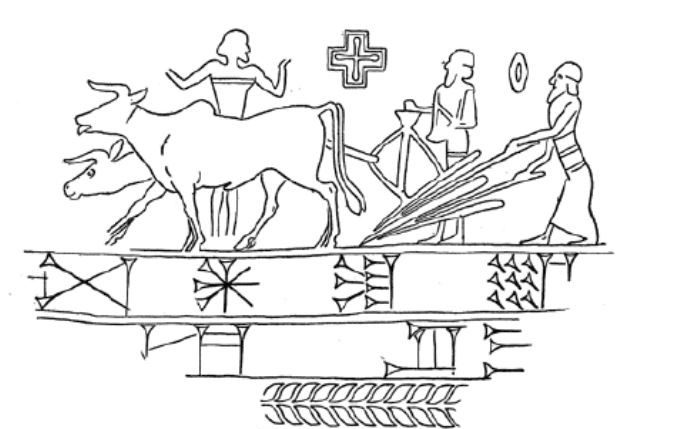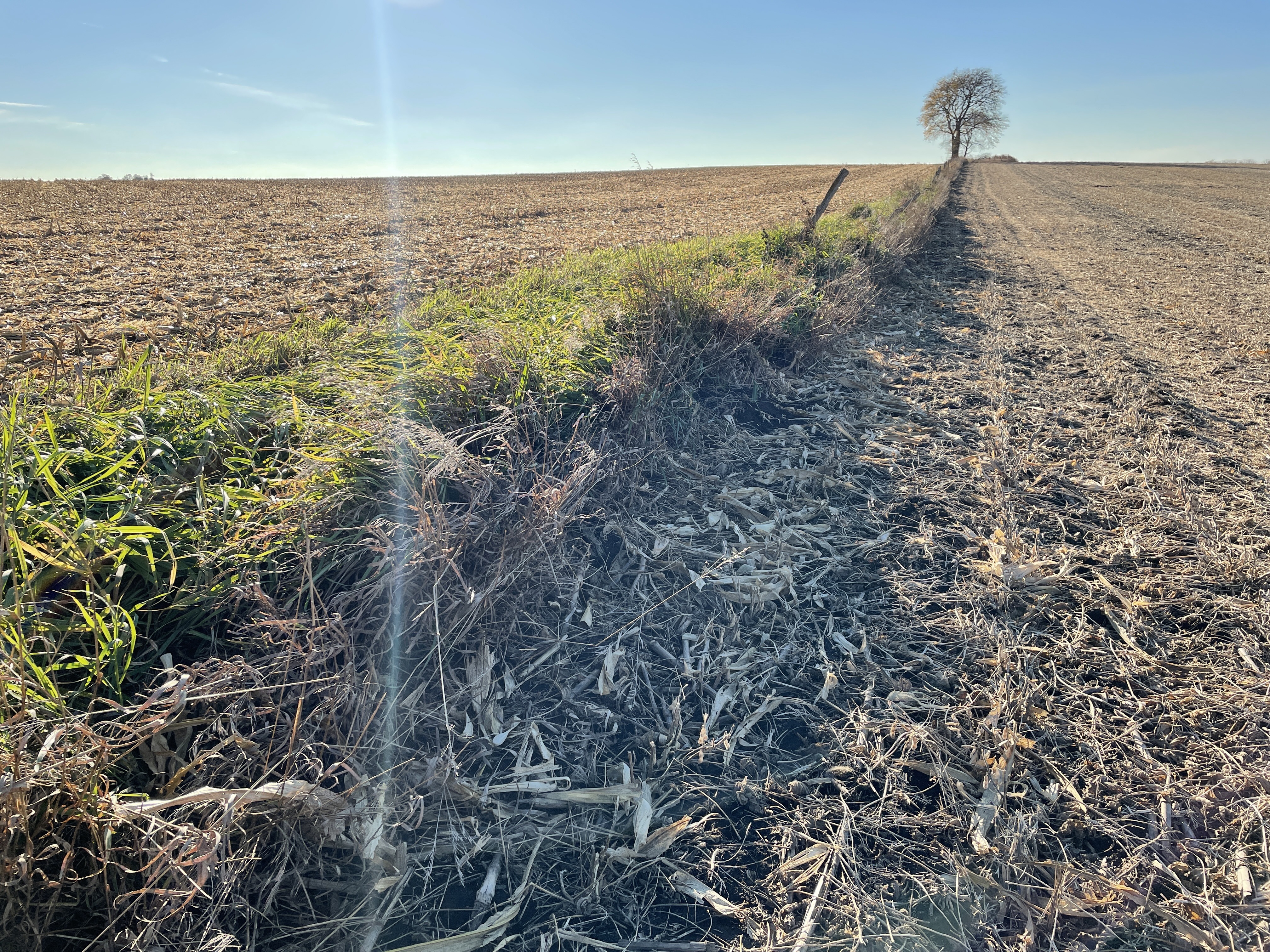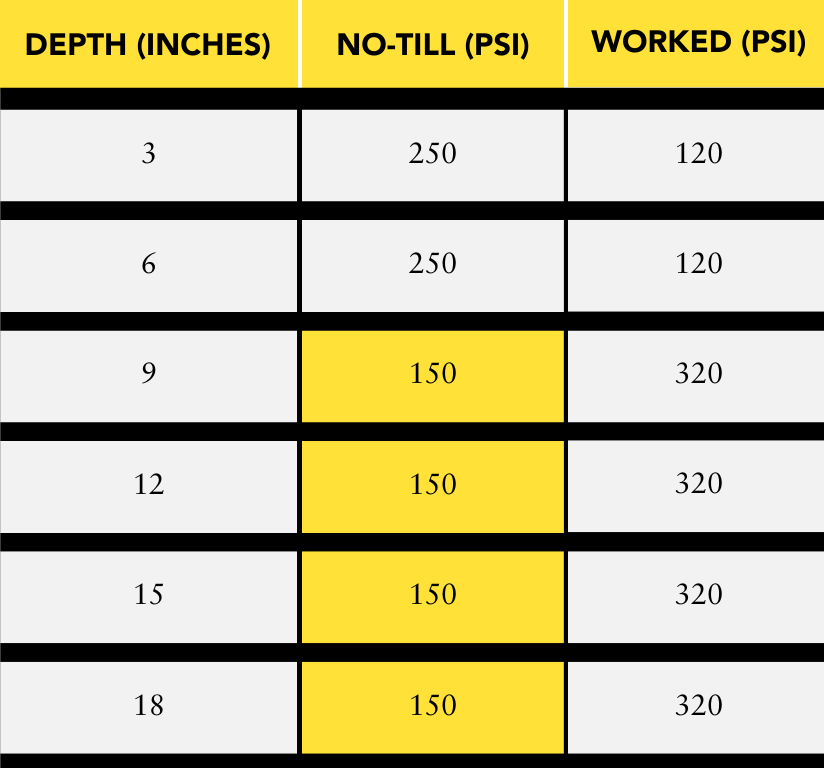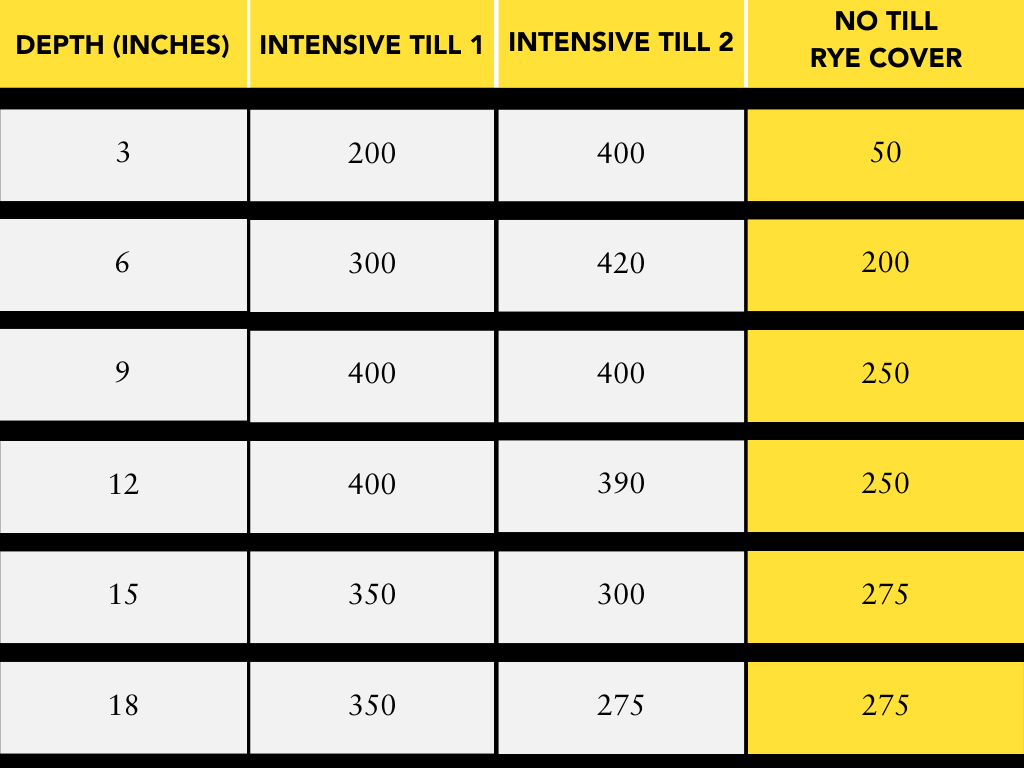Conventional Tillage: Compaction Mitigating Ally or an Unforeseen Antagonist?
Knowledge Hub » Conventional Tillage: Compaction Mitigating Ally or an Unforeseen Antagonist?
Tradition.
For thousands of years plowing and farming have gone hand-in-hand, for good reason, too. Over the centuries we have seen the benefits from our various forms of intensive tillage, from the days of horse or ox-drawn plows turning over and loosening the prairie soil making way for crop roots to more easily penetrate the ground to secondary tillage passes like a field cultivator wiping out the first flush of weeds in the spring. Of course there is the primary reason we all think of for deep tillage – compaction. So if this system has worked so well for so long, why on earth would we even THINK about changing it?

Pitfalls.
Erosion. Lots of it. In areas with any sort of topography and rainfall, we see erosion taking place nearly every spring where crop residues were buried leaving the soil surface bare and exposed to running water. Little by little prime topsoil is lost, even if it’s not visible at first glance. Small rill erosion is filled back in year after year with repetitive tillage, leaving us to suspect that no erosion is occurring. One piece of evidence that we often see without registering what’s happening are varying soil levels at fence lines between farms. I’ve seen anywhere from several inches to several feet of difference from one side of a fence to the other, with the culprit being erosion. Once soil is moved like this, it’s somewhere between difficult and impossible to replace. A farm can be destroyed this way in a decade, and in some cases never fixed.

Hardpan/Density Layers.
This summer I’ve gotten an opportunity to travel around Illinois and Iowa with my trusty penetrometer, which is a tool with a probe attached to a pressure gauge that gives you a compaction reading as you push the probe through the soil profile. I try to find neighboring fields with different tillage management to compare. The results were relatively consistent in comparing fields with history of recent or current intensive tillage vs those with history of reduced or no-till, and especially with cover crop usage. In most cases, the top 6” or so of chiseled and cultivated field will show a more mellow reading than a no till field, but below this level gets fairly interesting. Below this 6-9” level, often near the depth of the primary tillage pass, we see a switch-off. The min till cover cropped fields show either a consistent penetrometer reading to a large dip in soil tightness while the intensive tilled fields will regularly show density layers, or hardpan at the depth of tillage. This hardpan has also often been followed by a more compacted soil even below this level into the subsoil. This could be caused by the loss of soil structure and ability to bear weight from wheel tracks in the top of the soil profile, thus compacting the soil lower in the profile.

Hardpan/Density Layers.
This summer I’ve gotten an opportunity to travel around Illinois and Iowa with my trusty penetrometer, which is a tool with a probe attached to a pressure gauge that gives you a compaction reading as you push the probe through the soil profile. I try to find neighboring fields with different tillage management to compare. The results were relatively consistent in comparing fields with history of recent or current intensive tillage vs those with history of reduced or no-till, and especially with cover crop usage. In most cases, the top 6” or so of chiseled and cultivated field will show a more mellow reading than a no till field, but below this level gets fairly interesting. Below this 6-9” level, often near the depth of the primary tillage pass, we see a switch-off. The min till cover cropped fields show either a consistent penetrometer reading to a large dip in soil tightness while the intensive tilled fields will regularly show density layers, or hardpan at the depth of tillage. This hardpan has also often been followed by a more compacted soil even below this level into the subsoil. This could be caused by the loss of soil structure and ability to bear weight from wheel tracks in the top of the soil profile, thus compacting the soil lower in the profile.

Moisture Savings.
Soil structure and compaction mitigation often go hand in hand. This summer much of the corn belt saw an incredibly dry late May-June. Moisture content of a soil will play into a penetrometer reading, as moist soil is both easier for roots to grow through and gives a lower penetrometer reading. The chart below shows, not only a more mellow soil in the conservation farming scenario, but as a side note, the soil stuck to the probe in this case had moisture from the top of the profile to the bottom. Where the intensive tillage fields showed drought stress in the crop, and had dry soil throughout their profile. This was due in part to the improved structure of the no tilled soil, and also to the residue mat from the cereal rye cover crop shielding the soil from heat and evaporation.
Conclusion.
So what does all this mean? What does soil below a 6” depth matter, anyways? Most of the roots and fertilizer are in the top 6” of the profile anyway, right? Well, in a perfect growing season when adequate rainfall is received and good fertility is maintained in that top layer of soil, maybe. In a dry year though, when there is moisture at a greater depth, the soils free of density layers will allow roots to find that water deeper in the soil profile, as well as the nutrients that exist down there. Mobile nutrients, like nitrogen, sulfur, and boron can also be ‘chased’ throughout the season as they move downward with water. Crop standability is worth noting also. Plants rooted in shallow, fluffy soils will be the first to lodge in comparison to those rooted deeply in a structured soil.
Reducing tillage is a management change that does require, well, further management. Field traffic needs to be controlled, added weed control measures may need to be in place, and fertilizer placement may need to be re-evaluated, but with both surface and sub-surface observations made comparing the conservation system and the conventional system, it raises the question, “Are our traditional two or more intensive tillage passes always necessary?” Agoro Carbon Alliance incentivizes farmers who are interested in adopting tillage reductions and incorporating cover crops into their system, as in addition to these soil and water quality and preservation benefits, these practices also sequester and store atmospheric carbon in the soil, building organic matter and combating greenhouse gas emissions. We provide both financial assistance and agronomic support for the duration of our relationship with our farmers. Our agronomy team consists of numerous regional agronomists, all with experience in transitioning from conventional to conservation farming approaches in their areas. We are here to help at any time.

Agronomist, Support